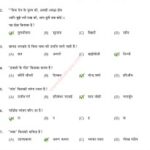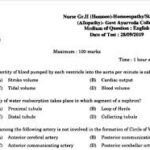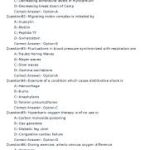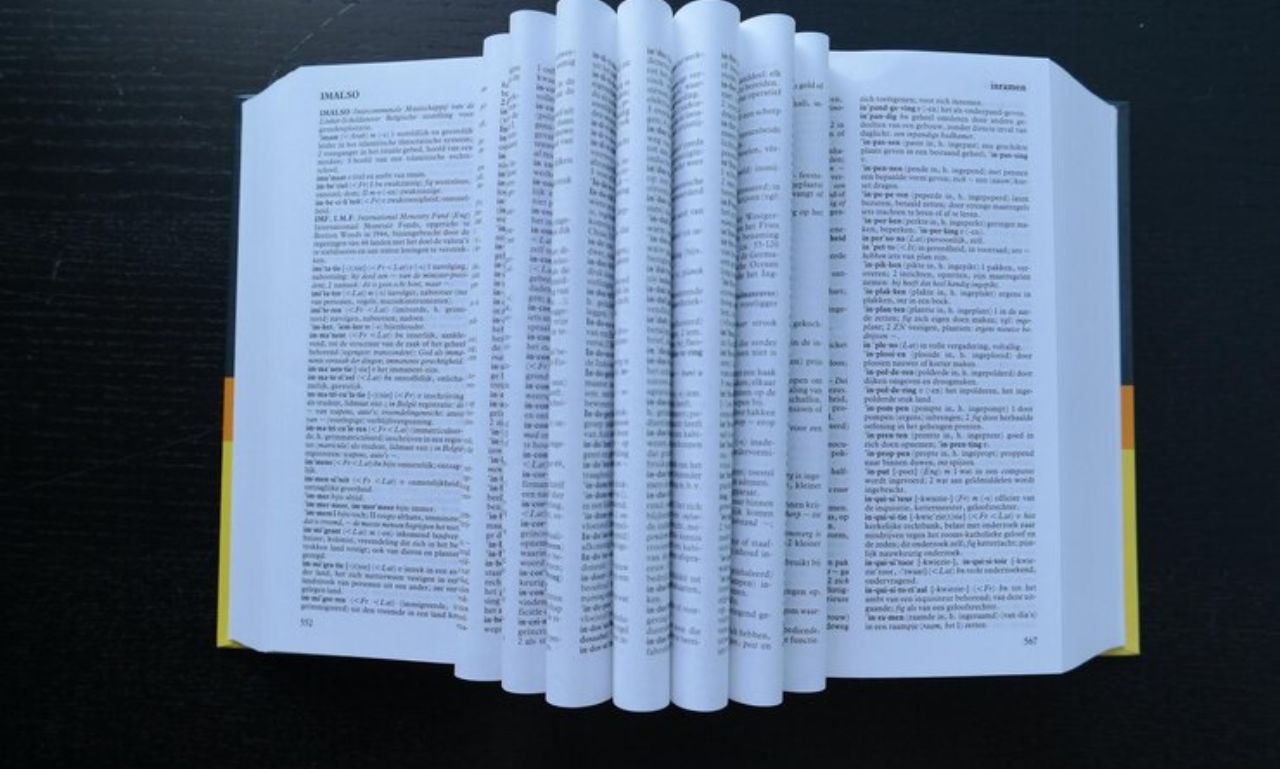Many readers ask, how many pages are in the Bible? It’s a simple question with a layered answer. The page count of the Bible depends on factors like translation, format, font size, and whether it includes extra materials. A printed King James Bible may have one count, while a study edition or digital Bible might be different. Therefore, there is no universal number, but understanding the range offers insight into the Bible’s complexity.
For centuries, the Bible has been read, copied, translated, and printed in countless versions. Each one reflects specific editorial choices that affect its length. From pocket editions to expansive study Bibles, page counts shift, but the sacred narrative remains.
Understanding the Structure of the Bible
The Bible is made up of two main parts: the Old Testament and the New Testament. The Old Testament contains writings before the birth of Jesus, while the New Testament covers His life, teachings, and early Christian developments. Each testament includes books, which are divided into chapters and verses.
The number of books varies by religious tradition. Protestant Bibles have 66 books. Catholic Bibles contain 73 books. Eastern Orthodox Bibles may have more. These differences influence the final page count.
Standard Page Counts in Popular Translations
A common King James Version (KJV) printed with average font size and margins contains about 1,200 to 1,400 pages. A New International Version (NIV), depending on edition, may range between 1,100 and 1,500 pages. Study Bibles, with commentary and footnotes, can reach over 2,000 pages.
Large print versions have fewer words per page. This means they span more total pages—sometimes up to 2,400. Meanwhile, compact Bibles condense the text with tiny fonts and thinner paper, reducing the page count dramatically.
Factors That Affect the Bible’s Page Count
Several elements contribute to how long the Bible appears in print. Font size is a major influence. Larger fonts mean more pages. Similarly, line spacing and margin width affect layout. A Bible printed with generous spacing spreads the content across more pages.
Paper thickness also matters. Thin paper allows for more pages in a lighter book. Study Bibles often use extra-thin pages to fit commentary, maps, and cross-references. Additional content like introductions, historical context, and concordances can significantly increase the total page count.
Bible Page Count by Version and Format
| Version | Approximate Page Count |
|---|---|
| King James Version (KJV) | 1,200–1,500 pages |
| New International Version (NIV) | 1,100–1,400 pages |
| New Living Translation (NLT) | 1,100–1,300 pages |
| The Message | 900–1,200 pages |
| Catholic Bible (NABRE) | 1,400–1,800 pages |
| Orthodox Study Bible | 1,700–2,100+ pages |
The counts above include both Old and New Testaments but not always extra commentary. Each publisher adjusts formatting to meet different audience needs.
Why Bible Page Counts Vary by Religion
Different faith traditions include different books in their official canon. Protestant Bibles generally exclude books known as the Apocrypha. Catholic Bibles include books like Tobit, Judith, and Maccabees. These additions increase the total word count and, therefore, page count.
Orthodox Bibles may include even more texts. This theological diversity contributes to significant variation. When someone asks how many pages are in the Bible, the answer depends on which Bible they’re referencing.
Comparing Digital and Print Bibles
E-Bibles provide flexibility in navigation, font size, and layout. On a phone or tablet, page counts don’t apply the same way. Instead, users navigate by book, chapter, or verse. A digital Bible could technically have a limitless number of display pages based on settings.
Still, digital editions often mirror the structure of print. When converted to standard formatting, most digital Bibles fall within the 1,200 to 1,600 page range. Notes, commentaries, and interactive features make the experience more expansive than a fixed page count.
Bible Translations and Text Length
The number of words in the Bible provides another lens. The King James Version has about 783,000 words. Modern translations like the NIV or ESV have slightly fewer due to simplified language. This affects layout and, therefore, how many pages are needed.
Literal translations like the New American Standard Bible (NASB) may be longer. Paraphrased versions like The Message are shorter in text but formatted with more spacing, resulting in varying page counts despite fewer words.
Study Bibles and Extended Editions
Study Bibles include theological commentary, notes, maps, timelines, and essays. These additions often double the book’s size. A standard Bible may have 1,200 pages, but a study version with notes could exceed 2,500 pages. These editions are designed for deep exploration, not just casual reading.
Some even include interlinear Hebrew and Greek text, dramatically increasing length. Seminary students and scholars often use these for more intense engagement with the original language.
Children’s Bibles and Youth Editions
Children’s Bibles simplify content. They contain selected stories and illustrations. These versions often have only 300 to 800 pages, depending on how much content is included. They focus on readability and engagement over theological completeness.
Teen Bibles, in contrast, tend to include the full text but with added devotionals. Page counts here hover around 1,200 to 1,600, depending on added features and design elements.
Special Editions and Their Unique Layouts
Collector’s editions, illuminated Bibles, and handwritten reproductions all affect page length. These editions may feature full-page artwork or commentary that adds hundreds of extra pages. They prioritize beauty and permanence over portability.
Some large Bibles are meant for display or pulpit use. These editions can weigh several pounds and span over 2,000 pages. While not convenient for daily reading, they serve ceremonial or educational roles.
Why the Bible’s Length Matters to Readers
For new readers, the Bible’s length can feel intimidating. Knowing what to expect helps ease that fear. Understanding that not all editions are the same makes choosing a version more manageable. Readers can start with shorter, thematic Bibles before moving to full editions.
For scholars, page count guides study schedules. It also informs how deeply they can explore the text within a given timeframe. Whether for devotion or research, page length becomes part of the reading rhythm.
Frequently Asked Questions
How many pages are in the King James Bible?
A typical print KJV ranges between 1,200 and 1,500 pages, depending on format and publisher.
Why do Bible page counts differ?
Font size, margins, translation, extra content, and binding style all affect total pages.
Is the Catholic Bible longer than the Protestant Bible?
Yes, it includes additional books that increase the page count and total word count.
Do digital Bibles have fewer pages?
Digital Bibles do not use fixed pages. Layout depends on screen size and font settings.
What is the shortest Bible version by page count?
Children’s or paraphrased versions like The Message can be under 1,000 pages.
Does every Bible include both Testaments?
Not always. Some editions include only the New Testament or thematic excerpts.
Conclusion
Asking how many pages are in the Bible leads to many answers, not one. Page count varies by format, translation, audience, and design. A small travel edition may contain under 1,000 pages, while a study Bible may exceed 2,000. These differences reflect how flexible the Bible has become as a printed work. Regardless of size, its impact remains vast.
Understanding what affects Bible length helps readers choose the best version for their needs. Whether printed or digital, every Bible holds centuries of wisdom in every chapter. Its pages may vary, but its message continues to inspire across languages, borders, and generations.






